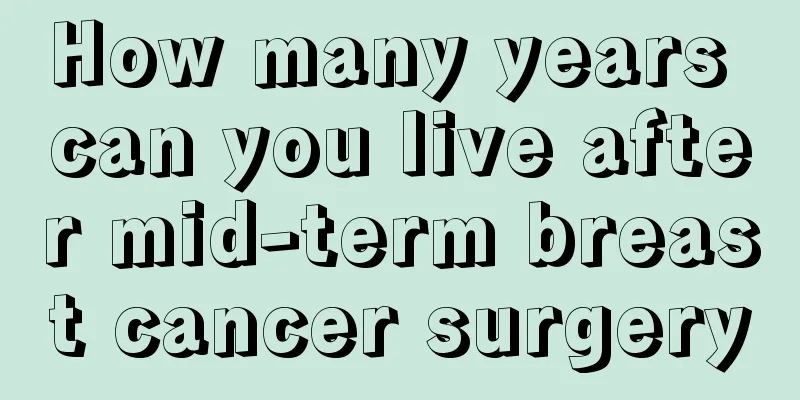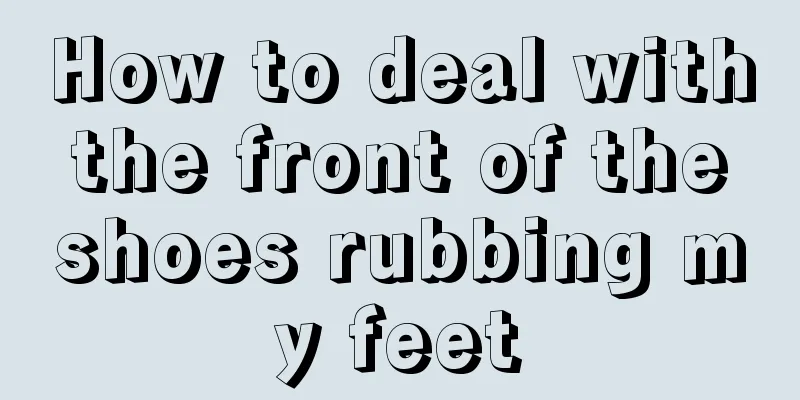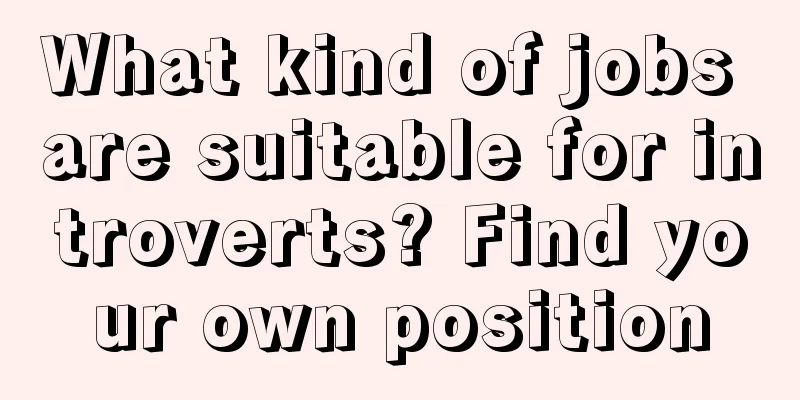Correct pen holding posture for writing

|
The pen-holding posture is very important for students. If the pen-holding posture is incorrect, it will not only cause children to have problems such as myopia, but will also indirectly cause children's handwriting to be not beautiful enough. Therefore, in the process of children writing, parents must teach them to write in the correct posture. Below, I will give you a detailed introduction to the principles of force when holding a pen when writing, the correct pen-holding posture, and common incorrect pen-holding postures. 1. Principle of force: Use force with your wrist and fingers. Horizontal stroke: move the wrist (at this time, the thumb and index finger do not move); vertical stroke: move the fingers (the fingers here refer to pressing down with only the index finger); oblique stroke: use both the wrist and fingers. 2. Correct pen holding posture: Place the pen between the thumb, index finger and middle finger, with the index finger in front, thumb at the back left, and middle finger at the lower right. The index finger should be lower than the thumb, and the fingertips should be about 3 cm away from the tip of the pen. Keep the pen shaft tilted at 60 degrees to the paper surface, with the palm of your hand round and your knuckles slightly bent. —Press two, press three, and support. The fingers are firm, the palm is empty, and the wrist is flexible. The angle is appropriate and the direction is correct. The lightness and heaviness of the strokes are carefully considered. "One push" means using the base of the middle finger nail to push the pen upward from the bottom of the pen shaft, leaving a one-inch distance from the pen shaft, usually at the root of the cone where the pencil sharpener is turned out. "Double pressure" means pinching the pen from the inside with the thumb and the index finger from the outside, and then lightly pressing down, using the tips of the thumb and index finger to apply force. In this way, the finger tips are large, and the flesh is soft and thick, so you don't need to exert much effort to hold the pen tightly. "Three supports" means that the ring finger and little finger are slightly bent into a front and back shape, with the two fingers forming a plane against the table. In addition, the palm side should be pressed against the table, thereby lifting the middle finger and the entire pen, forming a stable yet flexible pen-holding posture. "Firm fingers" means: the index finger, middle finger, ring finger and little finger are close and solid. "Empty palm" requires that the ring finger and little finger cannot be curled back into the palm. This posture is very common. The second fingers are curled back into the palm, causing the middle finger to lose support, resulting in unstable writing, that is, the palm is empty. "Flexible wrist" means that the wrist should not be tense, but should be relaxed and flexible so that the movement of the wrist can be used to achieve a "skillful" effect when writing. "Direction" refers to the direction of the pen tip and the pen shaft. The correct direction of the pen tip should generally point forward, while the direction of the pen shaft should be to the right rear. "Stroke weight" refers to the lightness or heaviness of the force used when writing. When writing, if you use light pressure, the strokes will be thin; if you use heavy pressure, the strokes will be thick. 3. Wrong posture 1. The index finger is pressed by the thumb. 2. The index finger is pressed too hard and becomes deformed. 3. Bend your index finger and use only a small area of the tip of the index finger to touch the pen shaft. 4. Take a close look at the index finger: the height of holding the pen is the same as that of the thumb, with fingertips touching fingertips. This will cause the index finger to be tense and the hand to be sore, making it difficult to exert force, and as a result, the area of the index finger contacting the pen shaft will also be insufficient. |
<<: The correct way to use the hand gripper
>>: How to measure bust, waist and hips
Recommend
What can I eat to dissolve lumps in colitis?
Colon lumps. Many people who suffer from enteriti...
What are the hazards of acidic water to the human body
Water is an indispensable substance for us living...
Which hospital is good for treating fibroids
Which hospital is good for the professional treat...
Tips for cooking frozen dumplings
The development of production capacity has enable...
How to wash a suit
We all know that a clean and tidy suit can well r...
What is the best Feng Shui way to deal with the placenta
We all know that the placenta is the bond between...
I feel like there is something foreign in my eyes and I feel uncomfortable. What's going on?
We often feel discomfort in our eyes, as if there...
What are the prevention methods for liver cancer? What are the factors that easily cause liver cancer?
Cancer is something that modern people fear, espe...
What to do if the aortic root is sclerotic?
What is aortic root sclerosis? Arteriosclerosis i...
What color is the sputum from early stage aspirated nasopharyngeal carcinoma
What color is the sputum aspirated from early sta...
What is the problem with gastrointestinal bleeding
Gastrointestinal bleeding is a common clinical sy...
What diseases can cause short and dark urine?
Short and red urine is a term in traditional Chin...
What are the effects and functions of Anhua black tea
Tea is a very popular drink among Chinese people....
How to use an electric pressure cooker
In our lives, there are various kitchen utensils,...
Experts explain the main symptoms of advanced rectal cancer
Clinically, the symptoms of advanced colorectal c...









